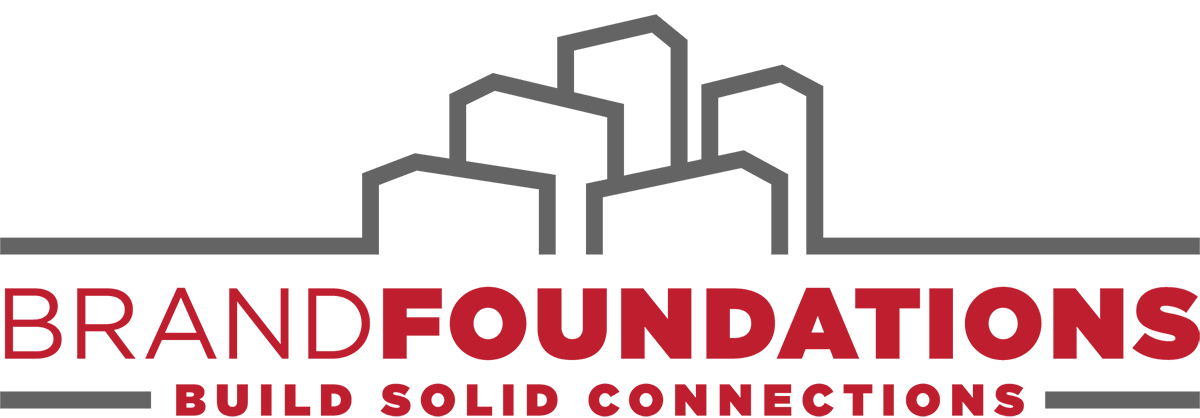Nothing delights and inspires like a Magician archetype brand. And Uber is a classic one. Push a button, and you can get a car, or make a few extra bucks. Nothing more magical than that.
But the past week’s negative coverage – revealing Uber’s aggressive and confrontational culture and its ongoing attempts to deceive regulators – perfectly illustrates the risk of not backing up a brand with the right culture, or allowing the negative attributes of a particular brand archetype to overtake a culture.
To better understand this risk, it’s helpful to know that all archetypes have positive and negative attributes. Here is how Uber, as a Magician archetype, stacks up in both areas:
In Uber’s case, there are probably two things at work:
First, these naturally occurring “dark side” elements to their Magician archetype have run amok within the culture and are not being sufficiently balanced by the positive attributes of a healthier Ruler archetype that would feature more “adult-like” leadership and respect for rules and authority.
Second, they are outwardly projecting a positive Magician brand, while inside they are actually living the attributes of a more aggressive “win at all costs” Hero archetype that can devolve into spiteful internal competition, loss of trust and burnout.
In either case, the company has more than a publicity problem on its hands and the solution will require more than a CEO’s apology.
One way for organizations to avoid this kind of embarrassment is to firmly establish the archetype of their culture and brand. Knowing what narrative their organization’s people are actually living out internally can allow leaders to get ahead of behavioral problems and protect the brand.
If you suspect your brand and/or culture narratives may not be in alignment, don’t wait to become the next company whose bad behavior leads to a very public backlash.
Give us a call or download the overview of our Brand-Culture Archetype Assessment and see how it can help you identify and close the gaps between the story you want to convey, and the one your organization is actually telling.




